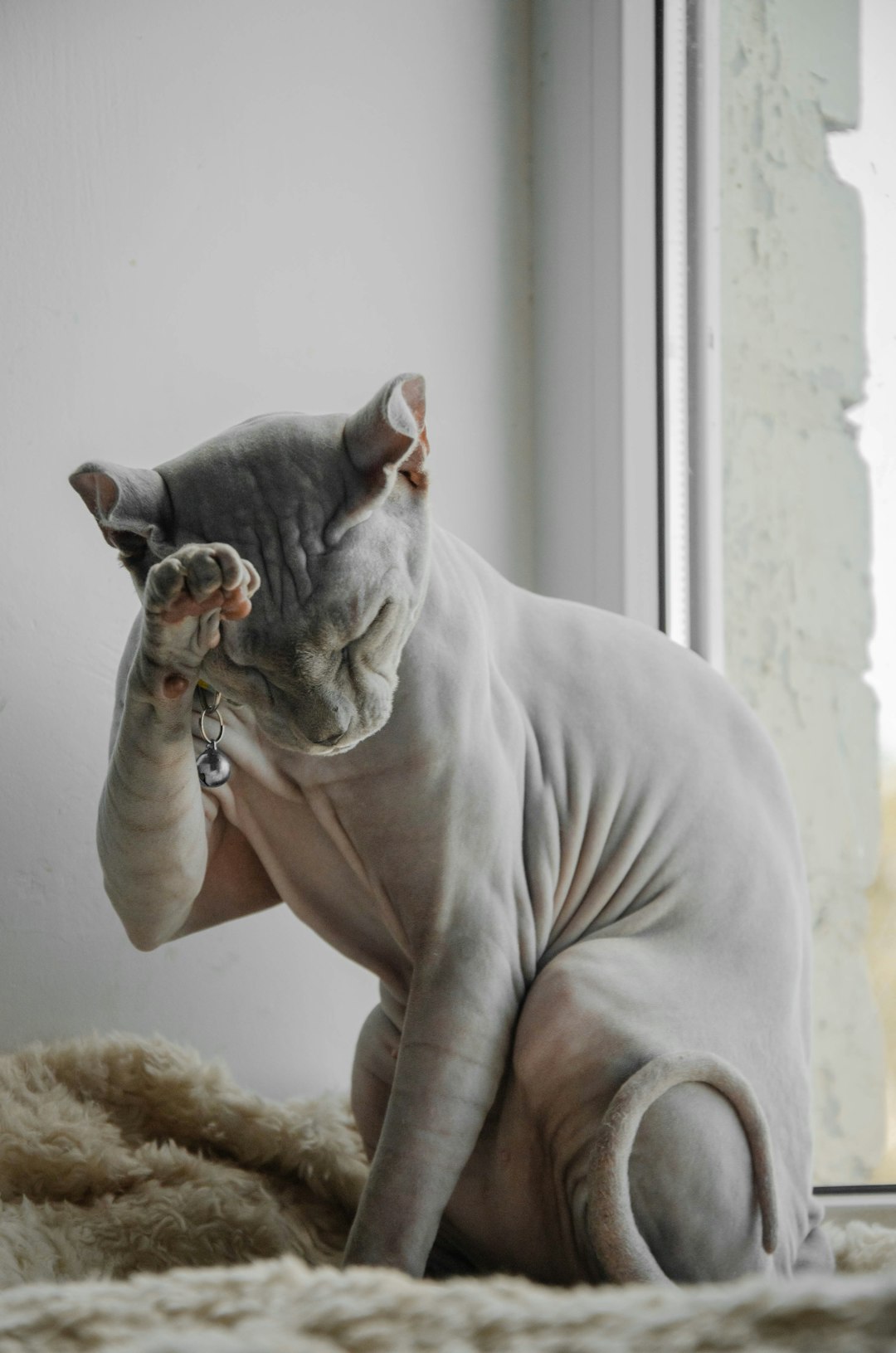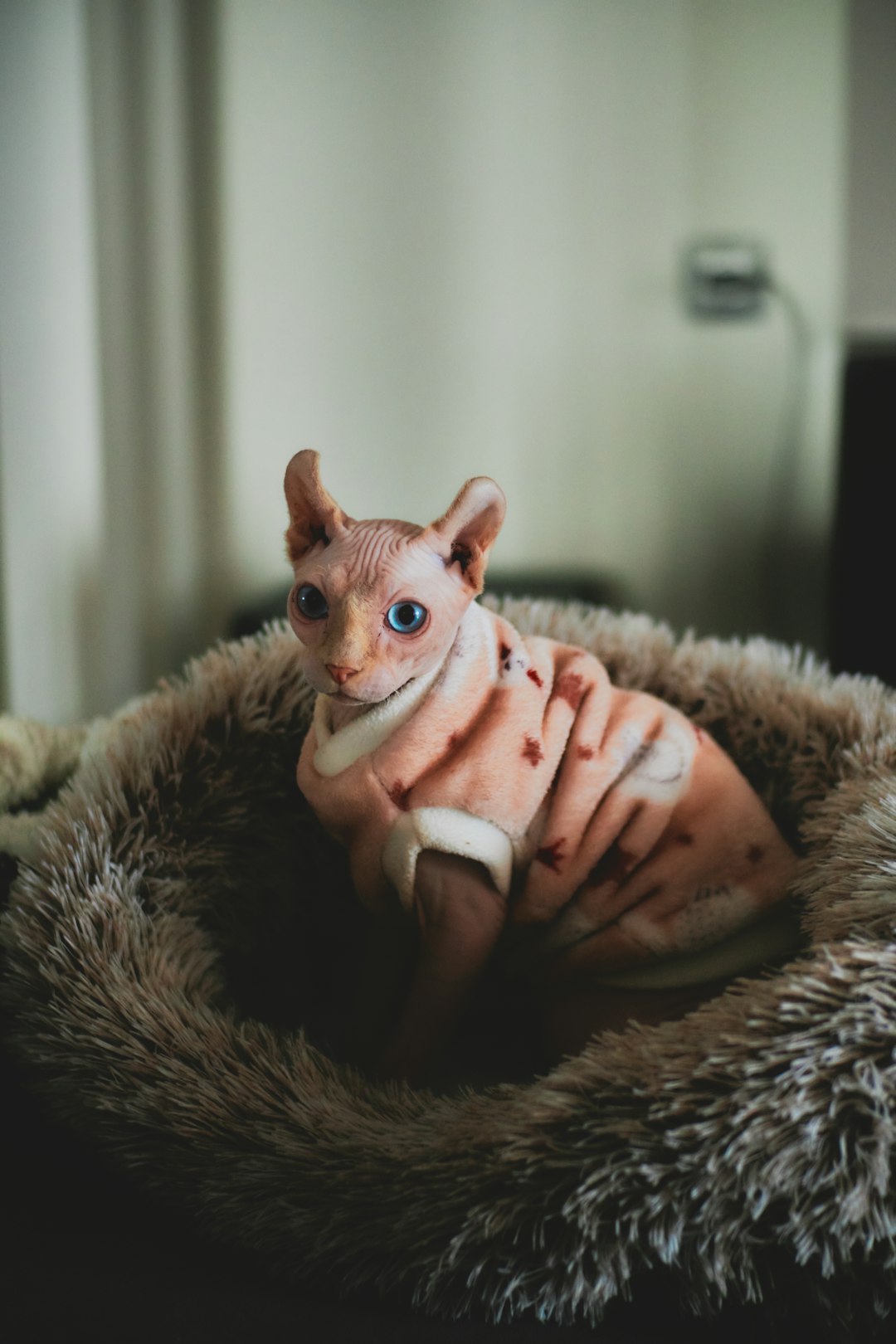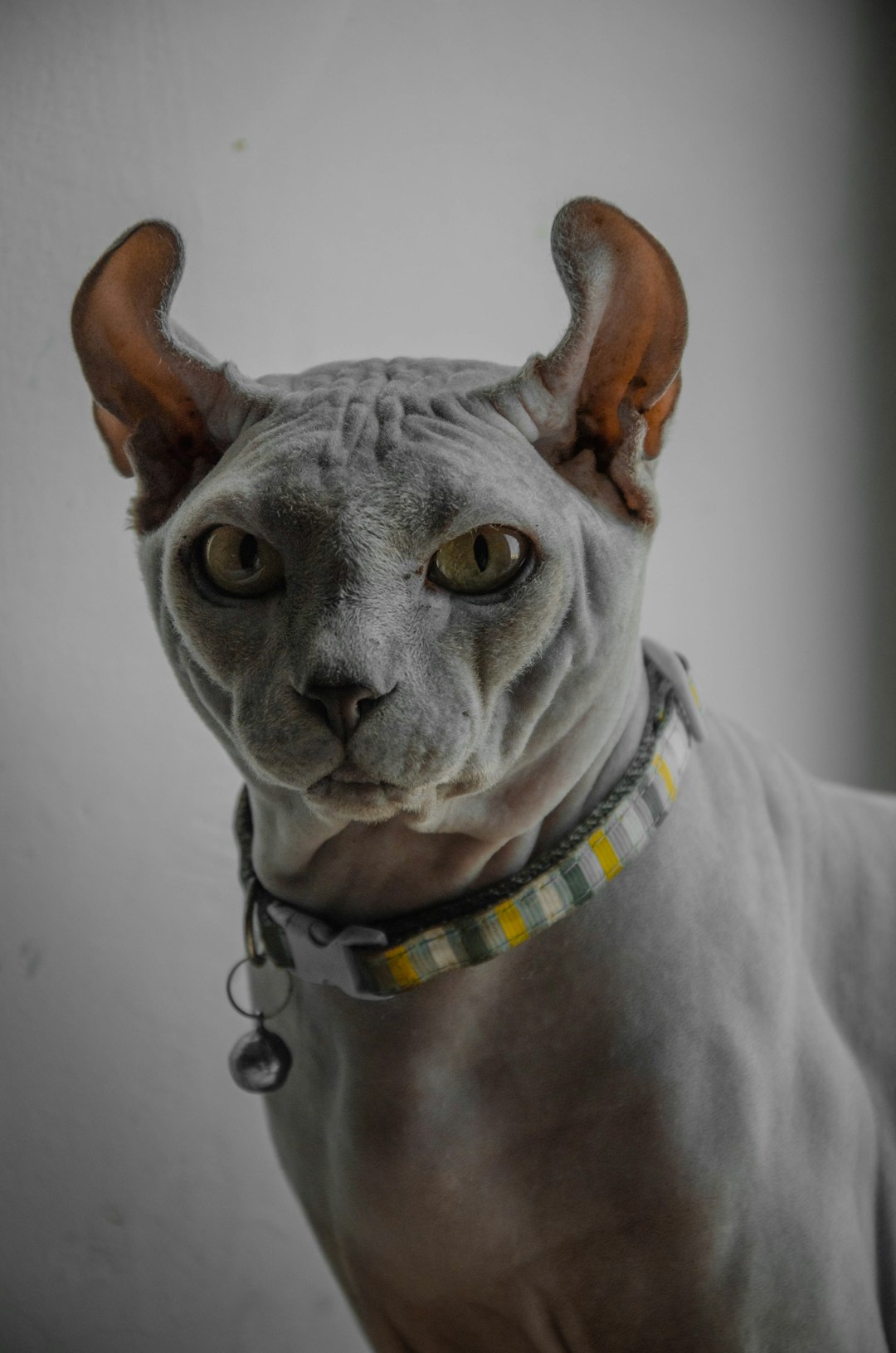Gray cats have captured the hearts of many pet lovers with their elegant appearance and charming personalities. These felines come in various breeds, each showcasing unique traits while sharing a distinctive gray coat. Understanding the physical characteristics, health considerations, and care tips for gray cats can help you provide the best environment for your feline friend. By familiarizing yourself with their dietary needs and grooming requirements, you can ensure a happy and healthy life for your gray companion. Let’s explore these aspects to enhance your bond with these beautiful creatures.
Physical Characteristics of Gray Cats
Gray cats showcase a variety of striking physical traits that make them unique and appealing. Here are the key characteristics to look for:
- Coat Color: Gray cats can range from light silver to deep charcoal. Their coats may exhibit varying shades and even subtle patterns, like tabby stripes or spots.
- Eye Color: Many gray cats feature captivating yellow, green, or blue eyes, which contrast beautifully with their fur.
- Build: Most gray cats come in medium to large sizes, displaying muscular physiques. Breeds like the Russian Blue tend to have a more slender frame, while others like the British Shorthair are stockier.
- Ears: Typically, gray cats have medium-sized ears that are either rounded or slightly pointed, providing a charming silhouette.
| Characteristic | Description |
|---|---|
| Coat Color | Light silver to charcoal |
| Eye Color | Yellow, green, blue |
| Build | Medium to large |
| Ears | Medium, rounded/pointed |
These attributes enhance the charm of gray cats and contribute to their overall appeal as playful companions.
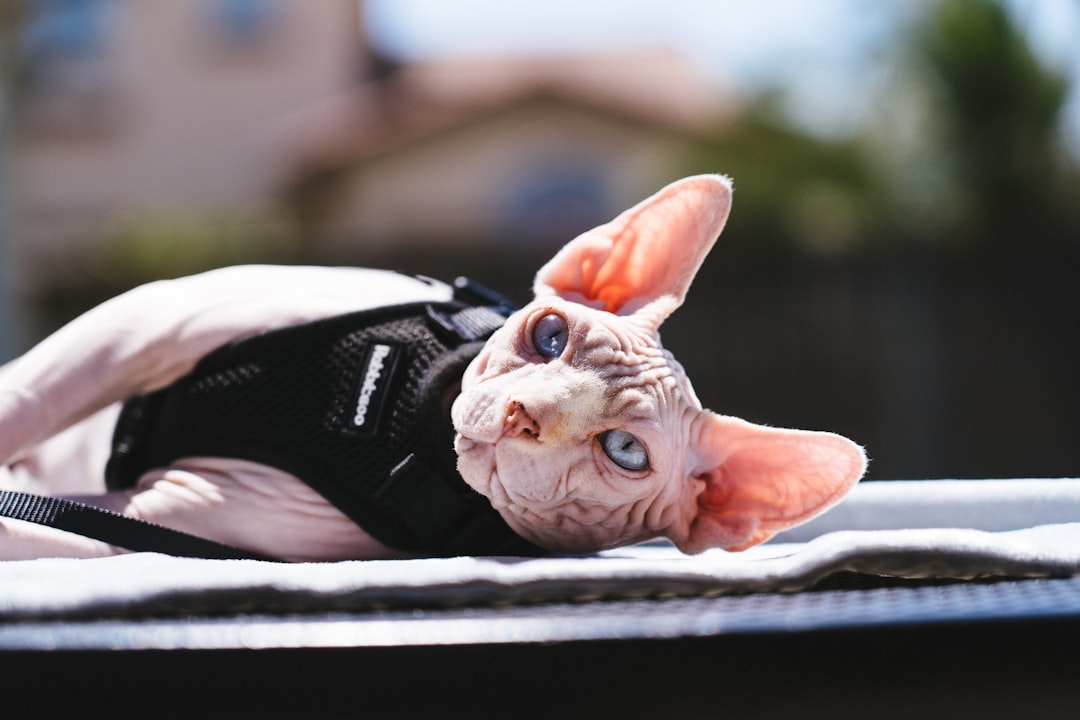
Common Breeds of Gray Cats
Gray cats come in various breeds, each with unique characteristics. Here are some popular breeds that exhibit stunning gray coats:
Russian Blue: Known for its short, dense coat and striking green eyes, the Russian Blue is both elegant and playful. This breed is often affectionate and enjoys companionship.
British Shorthair: With a stocky build and round face, the British Shorthair often boasts a plush gray coat. They are easygoing and adapt well to different living environments.
Chartreux: This breed features a woolly coat and copper or gold eyes. Chartreux cats are known for their sweet temperament and strong hunting instincts.
American Shorthair: While they come in various colors, the gray American Shorthair has a classic look with a muscular build. They are friendly, adaptable, and good with families.
In comparison, here’s how these breeds differ in terms of personality:
| Breed | Temperament | Grooming Needs |
|---|---|---|
| Russian Blue | Affectionate | Moderate |
| British Shorthair | Easygoing | Low |
| Chartreux | Sweet & Playful | Moderate |
| American Shorthair | Friendly | Low |
By understanding these common gray cat breeds, you can choose the one that best fits your lifestyle and preferences!
Personality Traits of Gray Cats
Gray cats are not only visually stunning but also possess a unique blend of personality traits. Here are some key characteristics that often define them:
- Affectionate: Gray cats typically form strong bonds with their humans. They enjoy cuddling and often seek attention, making them great companions.
- Curious: These felines are naturally inquisitive. They love exploring their surroundings, which can lead to playful behavior and a need for mental stimulation.
- Intelligent: Gray cats often display a high level of intelligence. They can learn tricks quickly and enjoy interactive toys that challenge their minds.
- Calm Demeanor: Many gray cats tend to have a laid-back personality. They generally adapt well to different environments, making them ideal pets for families and individuals alike.
Comparison of Gray Cat Breeds
| Breed | Affectionate | Playfulness | Trainability |
|---|---|---|---|
| British Shorthair | High | Moderate | High |
| Russian Blue | Very High | Low | High |
| Chartreux | Moderate | High | Moderate |
Understanding these traits will help you foster a deeper relationship with your gray cat, ensuring a harmonious home environment.
Health Considerations for Gray Cats
Caring for Gray cats involves understanding their unique health needs. While many health concerns are common across all cat breeds, specific aspects of Gray cats may require extra attention. Here’s a rundown of key health considerations:
Genetics: Certain breeds, such as the British Shorthair and Russian Blue, often have specific genetic predispositions. Regular veterinary check-ups can help monitor potential hereditary issues.
Weight Management: Like all cats, obesity can pose significant health risks. Monitor your Gray cat’s weight and ensure they maintain an active lifestyle to prevent diabetes and joint problems.
Dental Health: Gray cats can be prone to dental issues, so incorporate dental care into their routine. Regular brushing and dental treats can promote oral health.
Grooming: Though many Gray cats have short hair, some may require regular grooming to prevent matting and skin issues.
Health Comparison Table
| Health Concern | Common in Gray Cats | Prevention Strategies |
|---|---|---|
| Obesity | Yes | Regular exercise, portion control |
| Dental Problems | Yes | Routine dental care |
| Genetic Disorders | Yes | Regular vet visits |
By focusing on these considerations, you can help ensure your Gray cat leads a healthy and vibrant life.
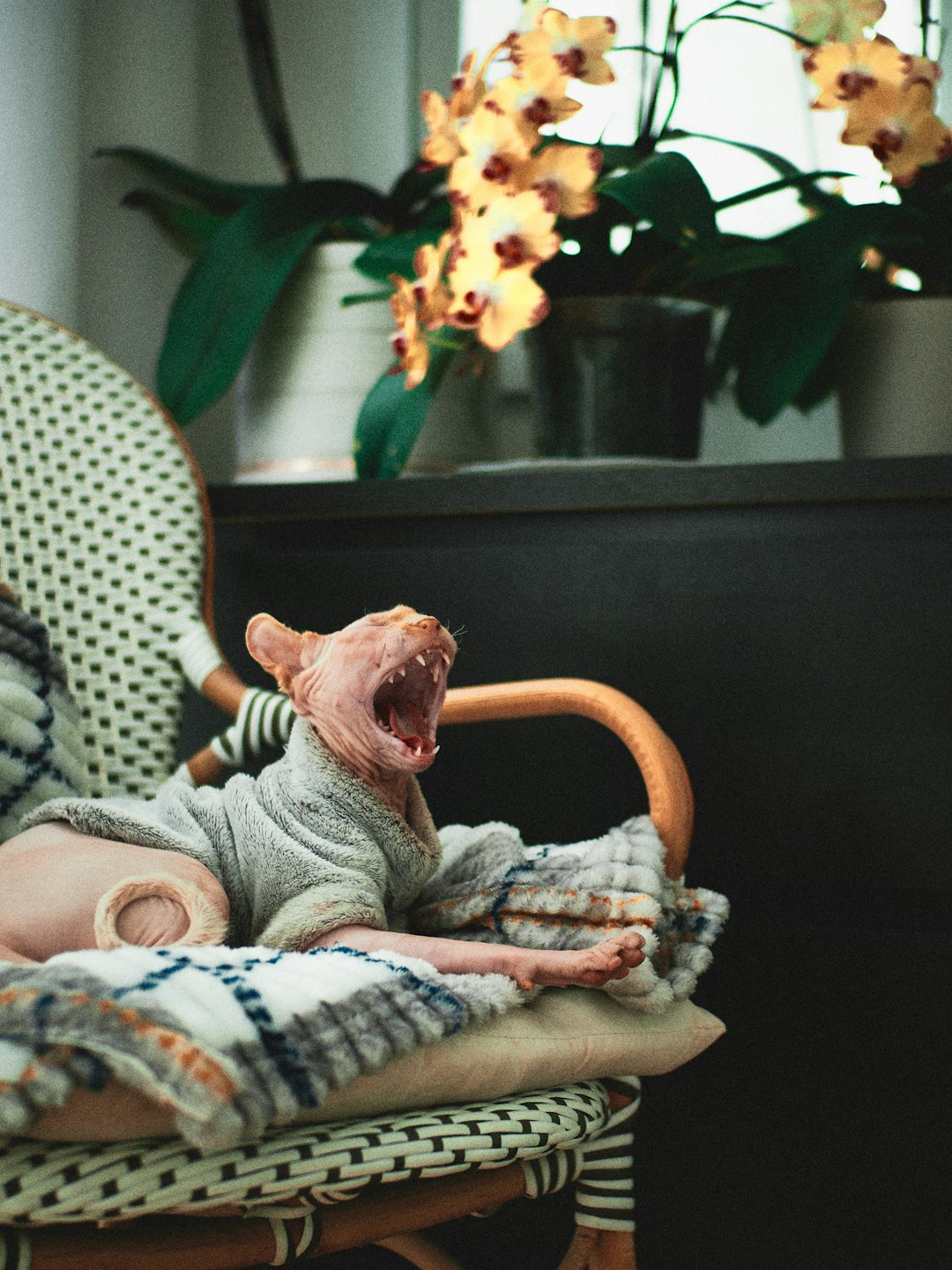
Diet and Nutrition Tips for Gray Cats
Maintaining a balanced diet is crucial for the health and well-being of gray cats. Here are some essential tips to ensure your gray cat gets the necessary nutrition:
- Quality Ingredients: Look for high-quality cat food with real meat as the first ingredient. Gray cats thrive on protein-rich diets to support their lean muscle mass.
- Wet vs. Dry Food: Consider offering a mix of wet and dry food. Wet food helps with hydration, while dry food can aid in dental health.
- Age-Appropriate Diet: Choose food that fits your gray cat’s age and lifestyle. Kittens, adults, and seniors all have different nutritional needs.
- Portion Control: Follow the feeding guidelines on the food packaging. Monitor your gray cat’s weight to prevent obesity, which is a common concern in indoor cats.
- Supplements: Talk to your veterinarian about incorporating supplements if needed, especially for older gray cats requiring joint support.
By following these dietary tips, you can help ensure your gray cat remains healthy and happy throughout its life.
Grooming Requirements for Gray Cats
Grooming is crucial for the health and well-being of your gray cats. Regular grooming not only keeps their coats in top condition but also promotes bonding. Here are some key grooming requirements:
Brushing: Depending on the breed, gray cats may have short or long fur.
- Short-haired: Brush once a week.
- Long-haired: Brush multiple times a week to prevent mats and tangles.
Bathing:
- Most gray cats do not require frequent baths. However, occasionally bathing them with a gentle cat shampoo can help maintain a clean coat.
Nail trimming: Trim your gray cat’s nails every 2-4 weeks to avoid overgrowth and discomfort.
Ear cleaning: Check their ears regularly for dirt and wax buildup. Use a vet-recommended cleaner if needed.
Dental care: Brush your gray cat’s teeth at least twice a week to promote dental health.
By meeting these grooming needs, you ensure that your gray cat stays healthy and happy. Regular grooming also allows you to check for any unusual signs, such as lumps or skin irritations!
Creating a Comfortable Environment for Gray Cats
To ensure Gray cats thrive, creating a comfortable and stimulating environment is essential. Here are some key elements to consider:
Safe Space: Designate a calm area in your home where your Gray cat can retreat and feel safe. This can be a cozy bed or a quiet corner with soft blankets.
Interactive Play Areas: Gray cats are playful and curious. Include various toys such as feather wands, laser pointers, and puzzle feeders to keep them physically and mentally stimulated.
Vertical Spaces: Cats love to climb. Consider cat trees or shelves that encourage your Gray cat to explore vertical spaces. This not only provides exercise but also enhances their sense of security.
Scratching Options: Provide scratching posts or pads. Gray cats need to scratch to keep their claws healthy and to mark their territory.
Litter Box Location: Place the litter box in a quiet, easily accessible area. Keep it clean and odor-free to ensure a comfortable bathroom experience.
By focusing on these elements, you can create a nurturing environment that supports the happiness and well-being of your Gray cats.

Training and Socialization for Gray Cats
Gray cats are not just beautiful; they can also be well-behaved companions with the right training and socialization. Here are some effective strategies:
Start Early: Begin training when your gray cat is a kitten. Early socialization plays a crucial role in ensuring your cat grows up to be friendly and confident.
Use Positive Reinforcement: Reward your gray cat with treats and praise when they display desired behaviors. This encourages them to repeat those behaviors.
Socialize with People and Other Pets: Introduce your gray cat to different environments, people, and animals. This exposure helps them adapt and reduces fear of new experiences.
Short, Fun Sessions: Keep training sessions brief but engaging. Gray cats can lose interest quickly, so aim for 5-10 minute intervals.
Litter Box Training: Most gray cats instinctively understand litter box use, but consistently rewarding them when they use it can reinforce this behavior.
Training Tips Recap:
| Tip | Description |
|---|---|
| Start Early | Train during kittenhood |
| Positive Reinforcement | Use treats and praise |
| Socialization | Exposure to new experiences |
| Short Sessions | Keep training engaging and brief |
| Litter Box Training | Reinforce with rewards |
By following these strategies, you will cultivate a well-mannered and social gray cat, making them a joy to have in your home.
Frequently Asked Questions
What are the common traits of gray cats?
Gray cats typically exhibit a variety of traits that can vary by breed, but they are often recognized for their sleek, gray fur, which can range from light silver to deep charcoal. Many gray cats have striking eyes, often in shades of green or yellow. Behaviorally, gray cats are frequently described as being affectionate, intelligent, and playful. They may also show a strong sense of curiosity and adventure, making them engaging companions for families and individuals alike.
What are the health considerations for gray cats?
Like all cats, gray cats may be predisposed to certain health issues based on their breed. However, common health considerations include regular dental care, weight management, and monitoring for signs of heart disease or kidney issues, as these can affect cats of any color. It’s essential to provide a balanced diet, maintain a healthy weight, and ensure regular veterinary check-ups, which can help prevent potential health problems before they become serious.
How should I care for a gray cat’s coat?
Caring for a gray cat’s fur is vital to keep it healthy and shiny. Regular grooming is recommended to prevent matting and reduce shedding. Depending on the length of their fur, you should brush your cat at least once a week. Additionally, regular baths are generally not necessary unless your cat gets particularly dirty, since excessive bathing can strip the natural oils from their coat. Maintaining a clean environment, providing a healthy diet, and ensuring hydration can also contribute to the luster of their coat.
Do gray cats require special dietary needs?
In general, gray cats do not have specific dietary requirements based solely on their color. However, as with any cat, their diet should be well-balanced and appropriate for their life stage (kitten, adult, senior). High-quality cat food that provides essential nutrients, including protein, vitamins, and minerals is crucial. Always consult with your veterinarian to identify any specific dietary restrictions or needs based on your gray cat’s health conditions or activity level.

